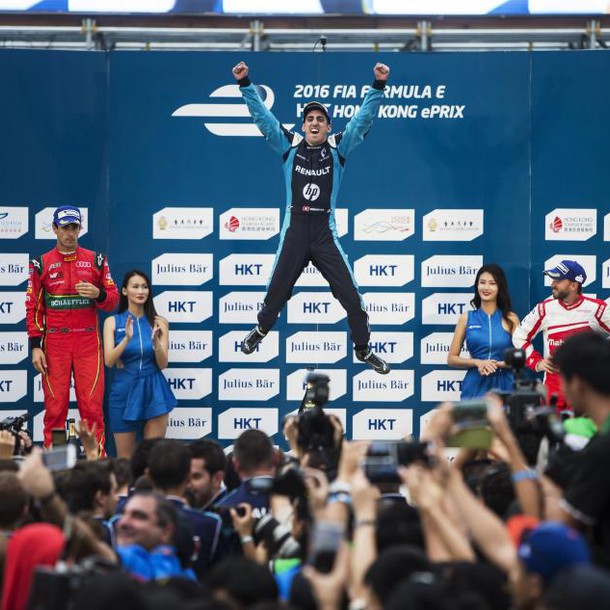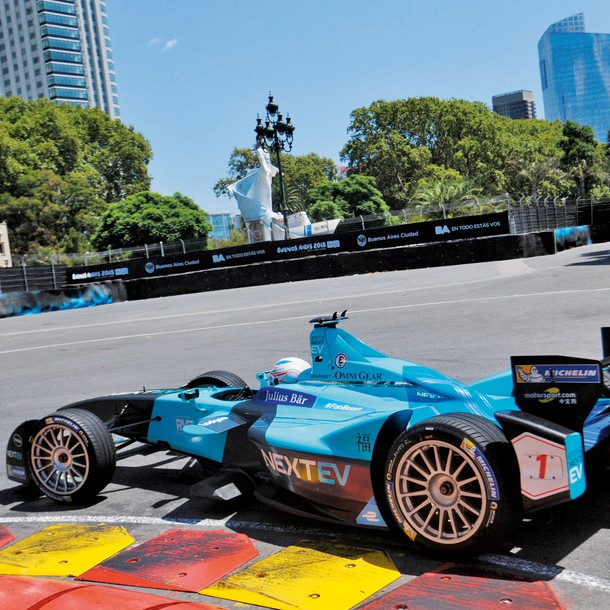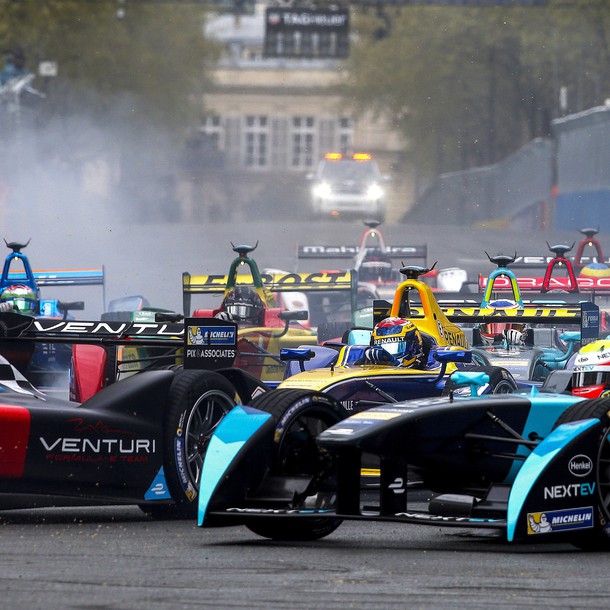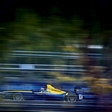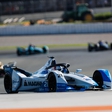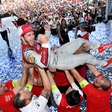
As the new, third season of Formula E unfolds, we should take a look at what's new this year, which is not as revolutionary as the second season, but will display more in-race strategy, due to better-performance batteries.
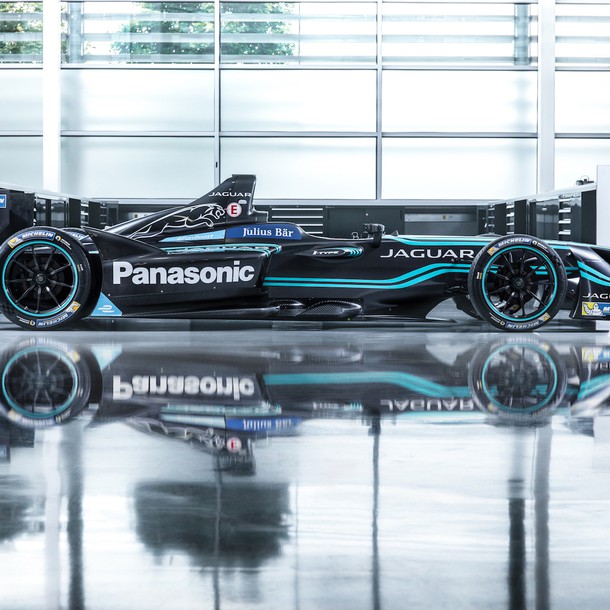
What's new in season 2017?
Race cars will see a 50% increase in energy regeneration, rising from 100 kW to 150 kW. Better-performance batteries from Williams Advanced Engineering, with unaltered capacity of 28 kWh and maximum power of 200 kW, will allow for a more strategic drive, since better energy regeneration will translate into lower energy consumption over each lap. Initially, the race will very likely be longer (before the change of race cars), with the second stint then being shorter (which means that drivers in the second car will race with more abandon) which, until this season, was not possible.
If drivers now have to change cars during a race, then we are approaching a time when a battery, and therefore a car, will last for the entire race.
In the 2018/2019 season, the batteries will be supplied by McLaren F1's sister company, McLaren Applied Technologies. Although the exact numbers are as yet unknown, having won the FIA World Motor Sport Council-approved tender, which required an increase in battery capacity from 28 to 53 kW (which would allow a race to be completed on a single charge, permitting drivers to use only one car), the company beat the current battery supplier, Williams as well as Porsche and the team from Renault/Red Bull Technologies to secure the contract as provider.
Michelin tires
There can be no racing without tires, which are especially important in dynamic eco-friendly race cars, which boast so much torque that it could easily be exported. To that end, Michelin produced tires with a single, uniform tread pattern, assuring an even better grip, in spite of modest rolling resistance and low weight. The 18-inch tires are also able to quickly warm up to operating temperature, which should result in safer races. The rules governing tire use have not changed, which means that each race car is only permitted one new set of tires per race.
Ttop brands from the industry
Formula-E season 2016/2017 introduces a brand new team Panasonic Jaguar Racing and The Dragon Racing team has announced a new partner, the US company Faraday Future, which has big ambitions in super performance electric cars.
Formula E is an excellent testing ground, they say, so they are ready to roll up their sleeves. If the fact that so many racing teams are working closely with the automotive industry is any indication (Renault, Audi, DS, and BMW which recently announced long-term collaboration with the Andretti team), the future of the Formula E looks bright, indeed, for in a few seasons, the race may feature most of the automotive brands.
What about the new drivers?
Here comes Adam Carroll (Panasonic Jaguar Racing), who was the 2009 A1GP champion, and raced in GP2, F3, Indycar, in th World Endurance Championship with Porsche in the GTE-Am class, but we must recall that he was also the F1 test driver for the BAR F1 team.
Another exciting driver is Maro Engel (Venturi), who was the production driver for Mercedes-AMG, but also raced in the British F3 series, DTM and the Australian V8 Supercar series.
But perhaps the most intriguing newcomer to Formula E is Jose Maria Lopez (DS Virgin Racing): over the past three years, he has won three WTCC championship titles. Yes, that's right - this is the driver who defeated such stars as nine-time world rally champion Sebastien Loeb, ten-time Andros Trophy winner Yvan Muller, former F1 racer Tiago Monteiro, and legendary touring car driver Gabrielle Tarquini, and many others.
Then there's also former GP3 champion Mitch Evans (Panasonic Jaguar Racing), who competes under the auspices of Mark Webber, and Sweden's Felix Rosenqvist (Mahindra Racing), who has proven himself in Formula 3 primarily in street races, which might help him out in Formula E.
2016/2017 Formula-e Calendar
- October 9, 2016, Hong Kong
- November 12, 2016, Marrakesh
- February 18, 2017, Buenos Aires
- April 1, 2017, Mexico City
- May 13, 2017, Monaco
- May 20, 2017, Paris
- June 10, 2017, Berlin
- July 1, 2017, Brussels
- July 15, 2017, New York
- July 16, 2017, New York
- July 29, 2017, New York ePrix
- July 30, 2017, New York ePrix
